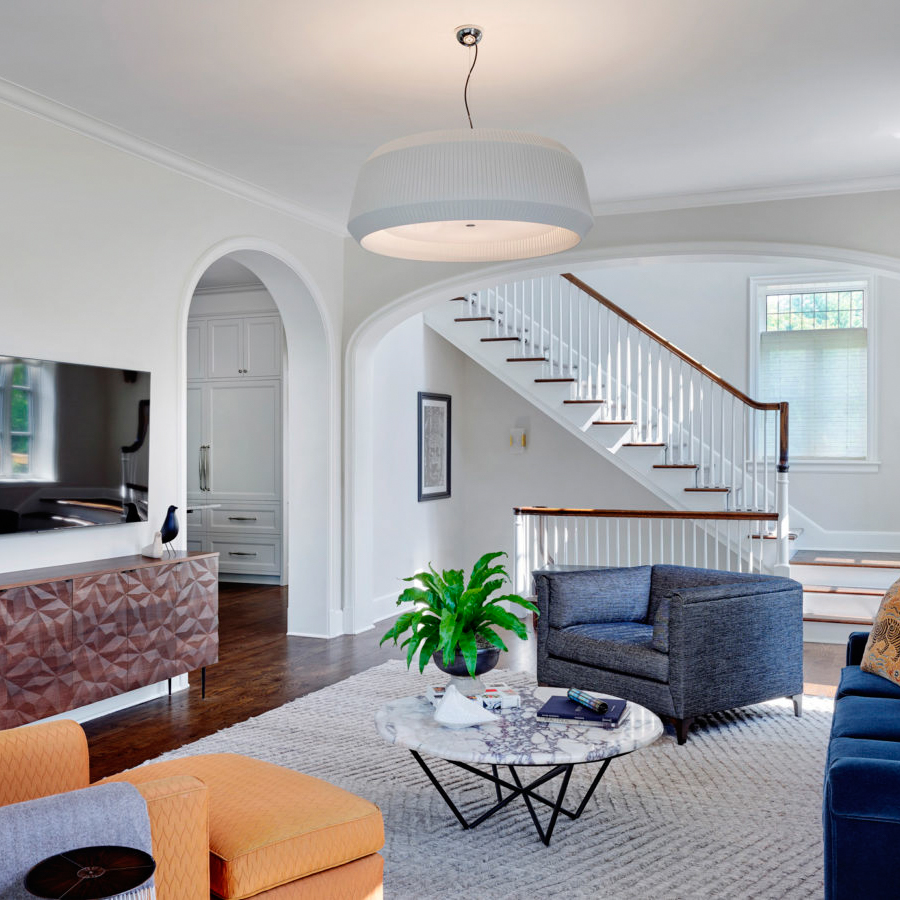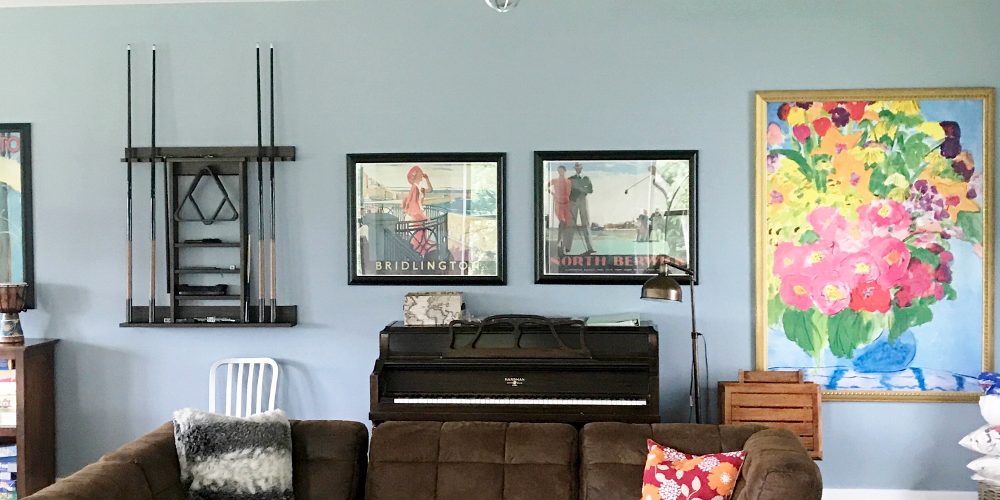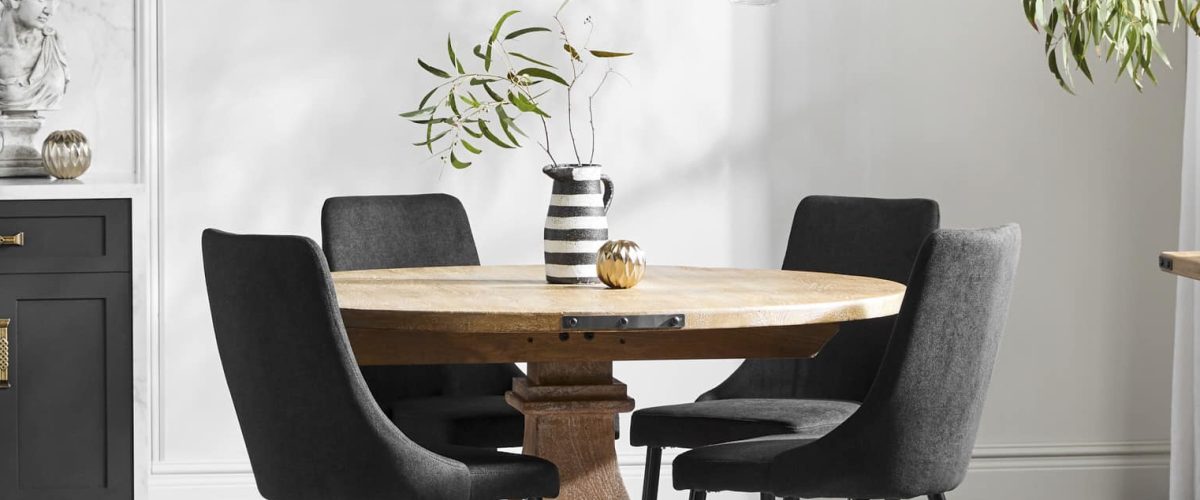
Embracing Serenity: The Magic of a Light Bedroom Design
The Power of Light
The bedroom is the most important room in the house because it is where people rest and recharge for the next day. Therefore, it is crucial to create a relaxing environment that is conducive to good rest. One of the most effective ways to achieve this is through a light bedroom design.
Light has a significant impact on our quality of sleep. Exposure to natural light during the day helps regulate our circadian rhythm, which is our body’s internal clock that signals when it is time to sleep and wake up. Therefore, it is important to ensure that our bedroom receives ample sunlight during the day. This can be achieved by positioning windows to allow natural light into the room or by using sheer curtains that allow sunlight to filter through.
At night, bright artificial light can suppress the production of melatonin, a hormone that regulates sleep. Therefore, it is important to use soft lighting in the bedroom to create a warm and cozy atmosphere that promotes relaxation.
The Role of Colors
Another important aspect of a light bedroom design is the choice of colors. Colors have a significant impact on our mood and emotions, and can either promote relaxation or cause stress. Light and neutral colors such as white, beige, and pastels are ideal for the bedroom because they create a calming and tranquil atmosphere.
Dark colors, on the other hand, can make a room feel small and claustrophobic. They also absorb light, which can make a room appear dim and uninviting. Therefore, it is best to avoid dark and bold colors in the bedroom.
Furniture and Décor
The furniture and décor in a bedroom play a vital role in creating a light and inviting atmosphere. Furniture should be light-colored and minimalistic to create a feeling of openness and space. Clutter and unnecessary furniture should be avoided as they can create an overwhelming and chaotic atmosphere.
Décor items such as artwork, rugs, and pillows can be used to add visual interest and texture to the room. However, they should be used sparingly and should complement the overall color scheme and design of the room.






